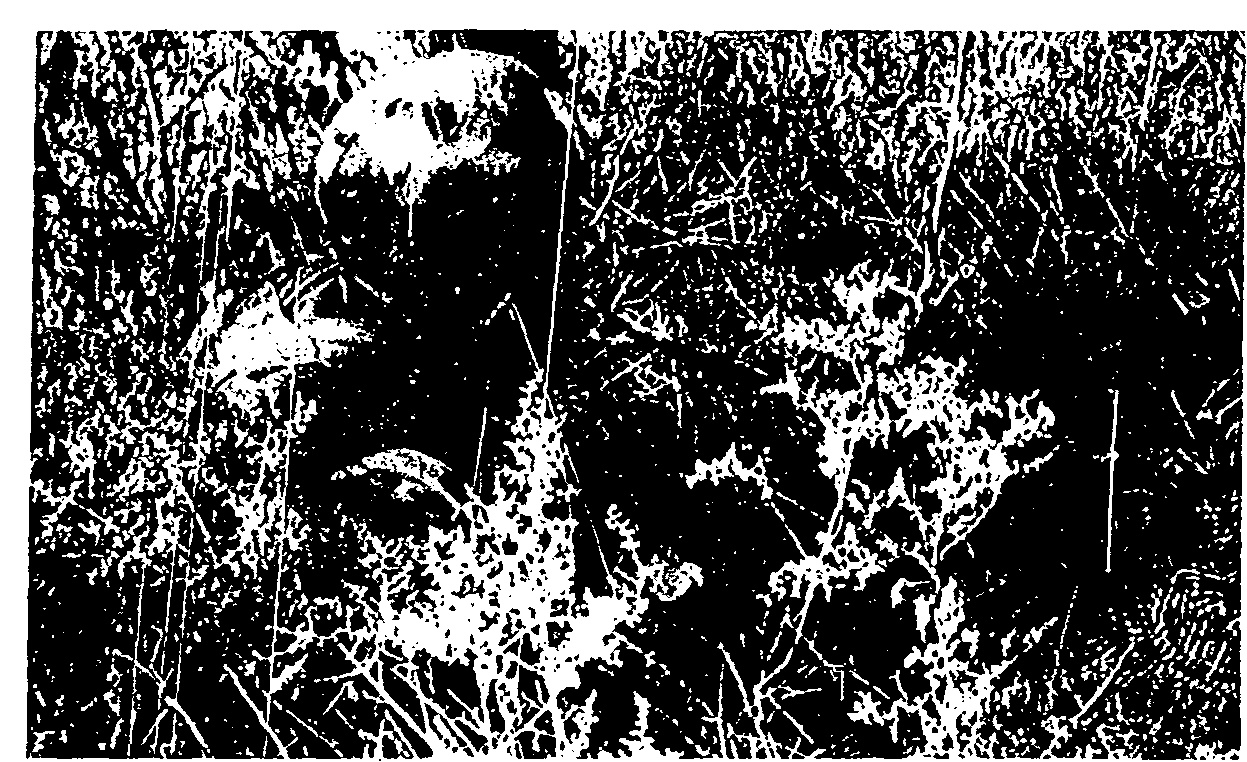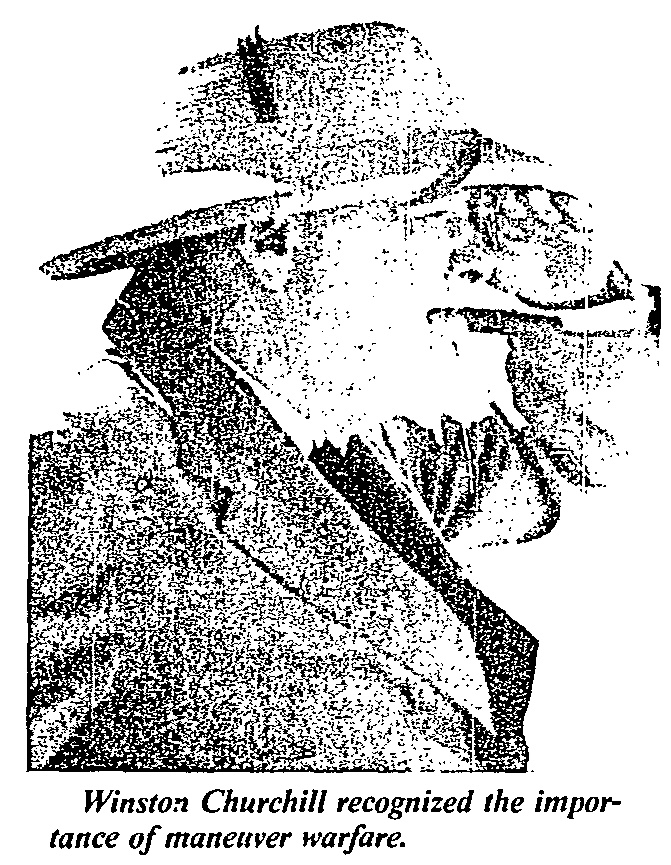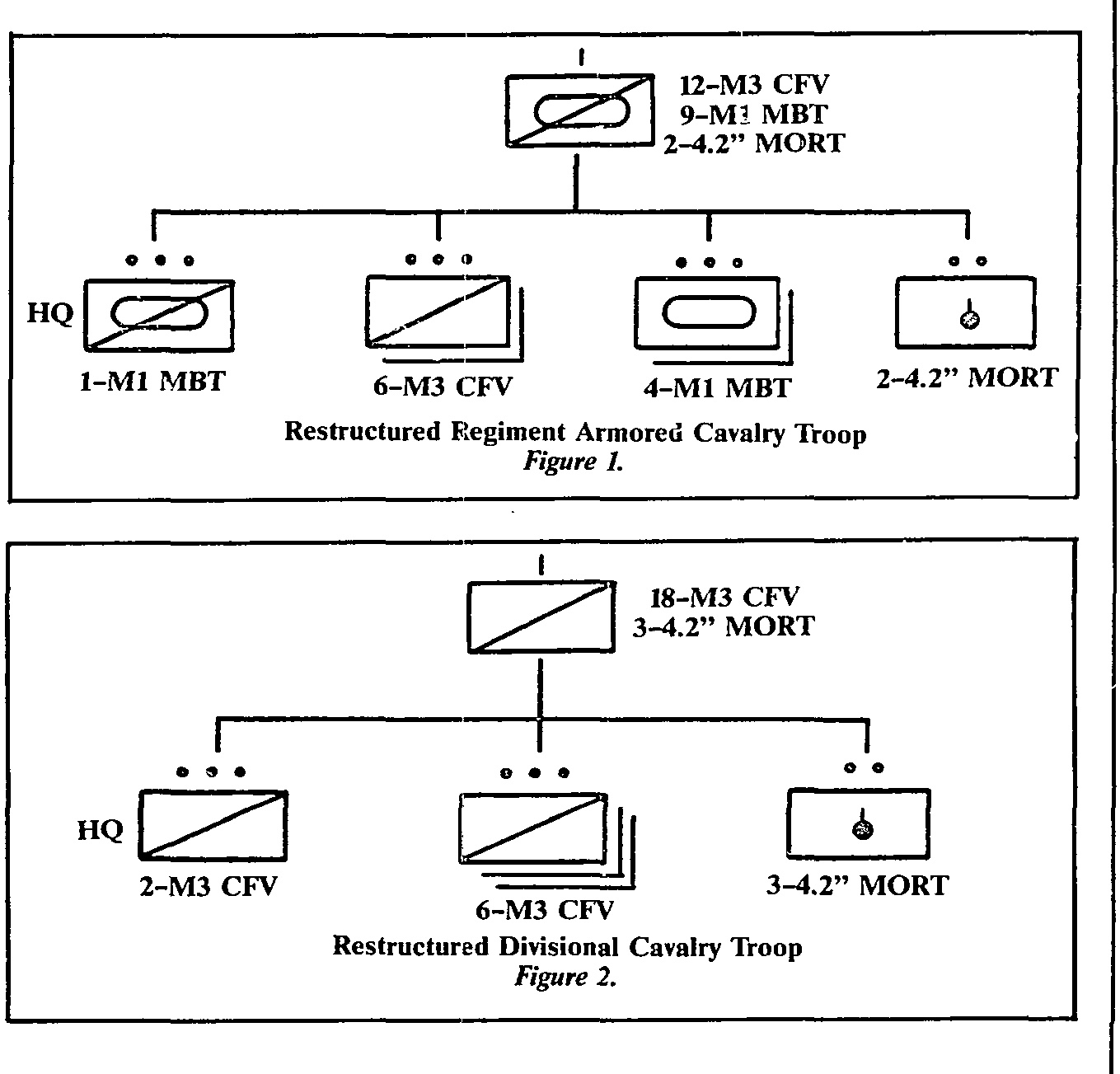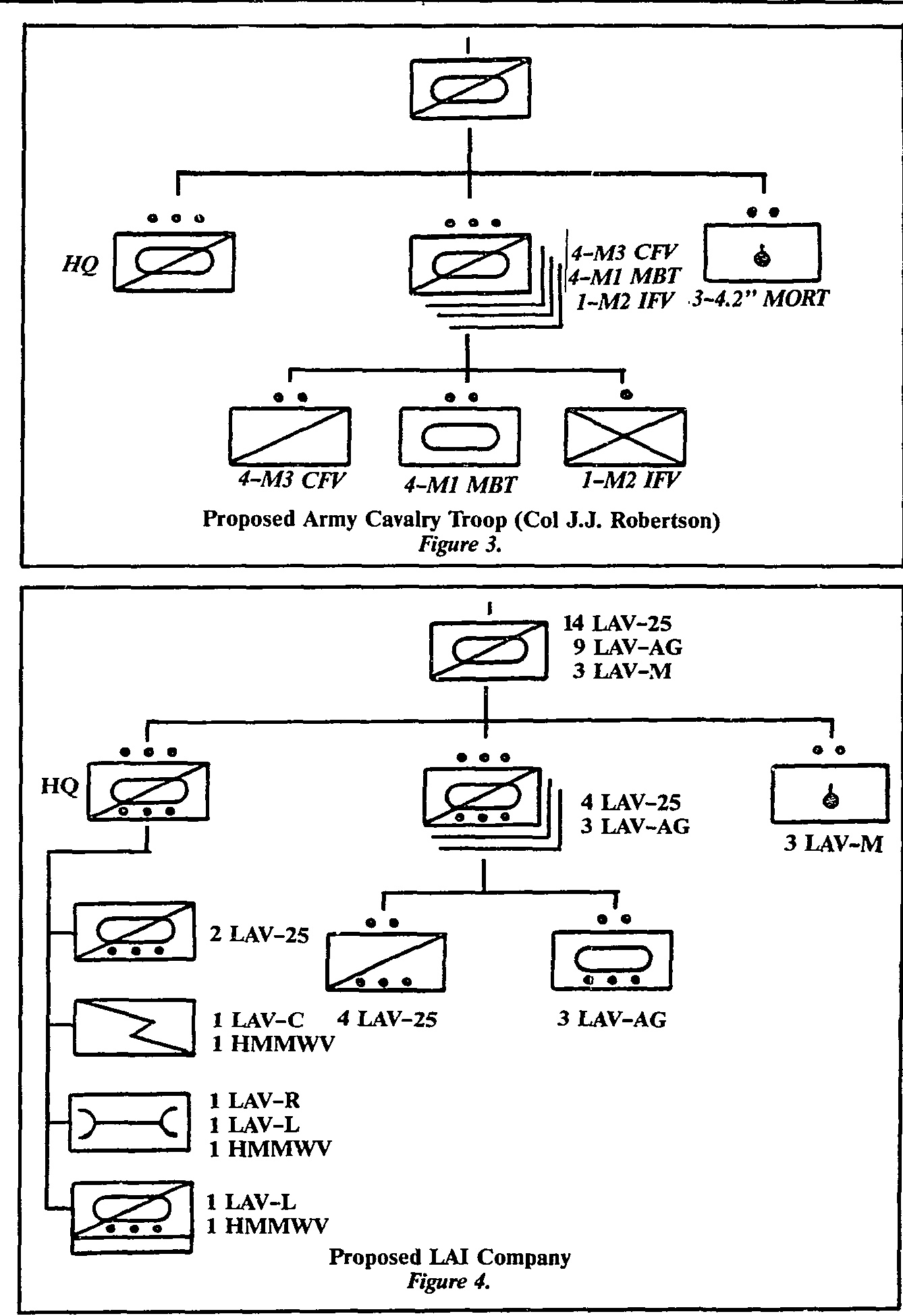by Maj R. Scott Moore
A 1989 Chase Essay Contest Entry
Recon–pull, the ability to find and exploit enemy weakness, is at the heart of a MAGTF’s mission. However, turning this task into reality requires more than simply good intelligence. What it requires is the successful marriage of intelligence and operations.
As the final North Korean charge abated in another pile of dead, the Marine company commander wondered. The day before, his company, Company A, 1st Marines, had penetrated deep into the suburb of Yongdungpo, on the outskirts of Seoul. He had found a gap in the North Korean defenses, reported it, but had seen no effort by his commanders to exploit it. Instead, the advance of the 1st Marines ground ahead to his right and left against heavy resistance. As night fell, the North Koreans awoke to the threat that had penetrated into their rear and responded with vicious, if piecemeal, attacks. Company A, alone, fought throughout the night, while the North Koreans slowly withdrew around it. A fleeting opportunity had passed, and Capt Robert H. Barrow knew it.
Capt Barrow’s frustration, incurred in September 1950, did not stem from incompetence. His commanders were professionals who had learned warfare in the Pacific little over five years before. A large percentage of the Marines with whom he served had been blooded fighting the Japanese. Yet, by training and experience, they seemed to be incapable of exploiting the opportunities uncovered by Capt Barrow. Marine doctrine, forged in the island campaigns of World War II, relied on linear tactics and firepower controlled by detailed plans and control measures that ensured the destruction of the enemy immediately to the front but did not allow for bold maneuver into enemy rear areas. Its commanders were brave and professional Marines who executed their orders as they had been taught, both by education and experience. Unfortunately, they could not capitalize when the North Koreans made mistakes.
After nearly 40 years, Marine Corps doctrine appears to be finally coming to grips with the situation at Yongdungpo. The principles of maneuver warfare have been institutionalized in FMFM 1. Warfigltting. Although fully recognized, if not accepted, by most Marines, maneuver warfare continues to meet obstacles in the Fleet Marine Force, where grand sounding theory must confront reality. At the heart of this struggle resides the concept of recon–pull, which emphasizes finding and exploiting enemy weaknesses. Unfortunately, the concept of recon–pull also tends to be abstract while the reality of the battlefield does not lend itself to abstractions. Bridging this gap requires comprehension of the principles of recon–pull and, more importantly, an understanding of how those principles may be applied.
Recon–pull is not a new idea. In 1921, Capt Basil H. Liddell Hart, drawing on his experience on the Western Front, postulated a theory of infantry tactics he called the “expanding torrent.” Equating combat to the flow of water, he wrote that tactics should seek the path of least resistance, naturally widening those soft spots that are found by pouring more forces through them. He compared initial combat to two men fighting in a dark room, each groping for the other with his hands. Success would go to the combatant first able to grasp his opponent and strike at his critical point. Shifting his analogy to modern warfare, Liddell Hart divided this groping effort into two types of reconnaissance-reconnaissance prior to battle and battle reconnaissance. The first involved long-range intelligence gathering, while the latter included the use of scouts and “reconnaissance by fighting.” Like his two fighters, the force able to locate and exploit enemy weaknesses would be victorious. Liddell Hart’s writings, reportedly read by the Germans, became the basis for the Wehrmacht’s devastating blitzkreig tactics. Coincidentally, but perhaps not surprisingly, the guerrilla tactics employed by Mao Tse-tung were conceptually the same, relying on extensive reconnaissance to find weaknesses in Japanese and later Nationalist Chinese defenses and then exploiting them by attacking isolated posts or vulnerable supply points.
Whether postulated by Liddell Hart, practiced by a Panzer commander, or exploited by an Asian guerrilla, successful application of recon–pull depends on three basic principles:
First, intelligence must determine the operational plan. Apparently a simple concept, it is perhaps the most violated. All too often, intelligence officers are consulted after a scheme of maneuver has been developed.
Second, operations must be flexible enough to capitalize on unexpected situations, normally fleeting in nature.
Third, and most important, once the fighting starts, intelligence and operations must become inseparable. They are coequal partners on the battlefield. As the situation inevitably changes, the intelligence effort must be reoriented to meet that situation, which in turn redirects the scheme of maneuver.
Thus these three principles constitute a cycle, meshing intelligence and operations.
Recon–pull‘s three principles have as their primary objective the location and destruction of the enemy’s critical weakness, an idea that eludes many, for it can be physical or psychological, constant or changing. Simply stated, it is that component of an enemy force that, when destroyed or disrupted, shatters his ability to continue fighting. In Yongdungpo, the North Koreans would not have been able to continue the defense of the approaches to Seoul had Company A’s advance been exploited. For a squad leader faced with knocking out a machinegun, the critical weakness may be the enemy gunner’s ability to see his target. For a Marine expeditionary force (MEF) commander fighting an insurgency, the enemy’s critical weakness may be the guerrillas’ political cadre rather than any purely military target. Whatever it may be, the critical weakness normally can be destroyed by exploiting numerous, smaller vulnerabilities or gaps, much like Liddell Hart’s expanding torrent. Because of this, the enemy usually understands and tries to protect his vulnerabilities, rarely cooperating in his own destruction. Even if unprotected, they can be difficult to find and be so transitory as to defy effective exploitation.
Nonetheless, military history provides numerous examples of commanders able to exploit enemy weaknesses and eventually destroy critical points. In this century, the Germans and Israelis offer the best conventional examples. Mao Tse-tung, the North Vietnamese, and terrorists provide excellent examples of unconventional warriors able to apply recon–pull. Despite their obvious differences, they have demonstrated a common denominator-an ability to turn intelligence into decisive action. This requires an intelligence capability that not only collects information but accurately assesses its significance. Operationally, the commanders have possessed forces who could react rapidly to opportunities. The relationship between intelligence and operations is one of equality. This marriage characterized Wehrmacht assaults in Russia in 1941; it also enabled a lone terrorist to kill 241 Marines in Beirut.
The Marine Corps, unfortunately, has not shown itself to be as adept at marrying intelligence and operations. The explanation derives from historical experience. World War II and the Korean War presented few opportunities to exploit enemy weaknesses. Small islands crammed with Japanese bent on extermination and Korean hill masses from which Chinese defenders had to be removed for political reasons did not favor exploitive maneuver. Even in Vietnam, where intelligence bore a larger task, it was translated into quests for body counts. In each case, intelligence focused on targeting-on determining what enemy forces were to be encountered on already established objectives. Rather than providing a clear picture of enemy weaknesses, intelligence sought to determine strengths, which then were attacked.
Historical experience pushed Marine intelligence into a subordinate role, with regrettable consequences. Most obvious, operations planners too often consult intelligence only after plans have been completed. Even when intelligence is produced early enough to influence planners, it provides them with little guidance. In fact, intelligence officers are taught not to recommend courses of action. This subordinate role leads to intelligence officers being perceived as special staff officers whose duties do not include giving tactical advice, a perception reinforced by many intelligence officers whose lack of operational experience makes them overly timid. Usually the junior officer on the staff, poorly equipped through training and experience to advise the operations officer or commander, the intelligence officer has been relegated in many units to the position of providing information and hoping that his seniors will produce accurate analysis. Exacerbating this problem, fragmentation characterizes intelligence collection and analysis with the inevitable result that the product lacks either timeliness or adequate detail. The elements of the Marine air-ground task force (MAGTF) conduct intelligence with little coordination. Greatly expanded intelligence capabilities, ranging from traditional infantry patrols to national-level systems, overburden such an intelligence structure, a fact tragically underscored in Beirut. While the newly formed surveillance, reconnaissance, intelligence (SRI) groups attempt to resolve this problem, their success has been somewhat limited, for reasons that will be discussed. By experience and structure, Marine intelligence continues to play a subservient role.
If it is to influence operations, intelligence must offer recommendations as well as information. The intelligence estimate, the primary means of presenting intelligence conclusions, fails to do so, reflecting in its format a reluctance to delve into operational matters. Yet, with a few changes, the estimate may be transformed. Indeed, the estimate need only be expanded to include recommended courses of action based on identified enemy weaknesses. Expanding the format, however, requires expansion of the horizons of intelligence, from one of description to one of prescription. Whether proffered orally or in writing, the result of long study or hasty analysis, the estimate comprises the focus of main effort for the intelligence officer. Fulfilling his expanded role of advisor, he must be capable of anticipating events, directing his collection and analysis effort ahead of operations. This ability demands equal familiarity with Marine as well as enemy doctrine and capabilities. In short, the Marine intelligence officer must be, foremost, a “combat arms intelligence officer,” adept at translating intelligence into operations.
Based on the intelligence estimate, the operational plan must be flexible enough to take advantage of rapid changes. Mission-type orders, commander’s intent, and decentralized control offer keys to exploitation. Additionally, Marines need to reexamine such operational details as objectives and control measures. An objective strives for one result, putting Marines in a position that places the enemy in an untenable situation. Control measures merely seek to ease the movement of Marines to that objective, not restrict it. Usually expressed in terms of terrain, an objective must orient on the enemy and be general in nature to allow for maximum subordinate initiative. A hill, for example, may be the highest terrain in a zone of action; however, its seizure may not endanger the enemy’s ability to keep fighting. Instead, a nearby road junction may be critical to the enemy’s ability to resupply his forces, a critical weakness if cut. A subordinate commander should have the leeway to seize either, depending on the emerging tactical situation. Given the unique capabilities of a MAGTF, an objective may not be terrain at all, but the results achieved by deep air support or by the elimination of command and control assets. In some situations, terrain objectives may be a negative influence, for they can tend to orient forces on themselves rather than the enemy.
It is at this stage that a smoothly functioning, cohesive intelligence collection and analysis capability becomes critical. As the operations plan succumbs to the battlefield, flexibility demands an accurate, all-source intelligence picture. This requires aggressive intelligence collection that continually looks into the area of interest. For the ground combat element (GCE), the area of interest may extend only a few miles forward and to the flanks. At the MAGTF level, the requirements of the air combat element (ACE) greatly expand this projection. At any command level, however, the area of interest is measured in time, not distance-the time needed for a command to identify and exploit enemy weaknesses. The SRI group demonstrates its greatest strength, and limitation, at this stage. Providing an all-source analysis capability and an ability to call up information from a wide variety of intelligence sources, it can offer a clear picture of uncovered enemy gaps. SRI group detachments, rarely comprised of the same Marines twice in a row, lack the cohesion necessary to perform in more than a technical supporting role, however. Whereas the SRI group undoubtedly offers an increased intelligence collection and analysis capability, the centralization of intelligence into a single administrative command reduces responsiveness. This dichotomy must be resolved if intelligence is to play a vital role in ensuring operational flexibility.
With intelligence guiding operations and operations exploiting intelligence, application of the third principle naturally occurs. Intelligence and operations quickly become inseparable. The intelligence officer should be as familiar with the scheme of maneuver, the operational situation, and the commander’s intent as the operations officer. No operations discussion between commander and operations officer should be without the intelligence officer. Intelligence and operations are cyclic, driving each other. Intelligence should determine the scheme of maneuver, which will dictate the intelligence effort, which will, if properly planned, then redirect the scheme. In practical terms, this means collocation of intelligence and operations officers, both in the field and in garrison. While the increasingly technical nature of intelligence may prevent replication of the Wehrmacht staff system, in which the intelligence officer was a member of the operations staff, the closeness achieved by that system provides a sound conceptual model. The two cannot be separated, nor can one be subordinated to another.
Armed with an understanding of recon–pull, its theory, and application, one may now glean valuable lessons from the fight at Yongdungpo. The 1st Marines, driven by Col Lewis B. Puller, had been advancing on Seoul since their landing at Inchon on 15 September 1950. By 19 September, the regiment, against stiffening resistance, had closed on the Han River opposite the suburb of Yongdungpo. The 2d Battalion, 1st Marines became heavily engaged on the south end of the line, warding off North Korean tank-infantry counterattacks. The 1st Battalion, after slipping to the north and relieving elements of the 5th Marines on a hill overlooking the city, had begun its assault on the north end of the suburb, encountering equally strong fighting. Company B, barely across the Han, was halted. The 3d Battalion remained in reserve but, in Puller’s unique style, was actually in the line north of the 2d Battalion, ready to respond to further North Korean attacks. During the afternoon, Barrow’s company began its attack, passing within view of the 3d Battalion and moving across the Han. To Company A’s amazement, no resistance was encountered in Yongdungpo. Pushing nearly a mile into the city, it encountered no North Koreans. Frantically radioing back to his battalion, Capt Barrow received no response other than orders to push on. The battalion commander held to his original plan with Company B as the main attack. In fact, he did not even pass the news of Barrow’s breakthrough on to Puller. Throughout the night, Company A fought off an enemy now acutely aware of the threat to its rear. The 1st Marines, meanwhile, continued to fight on both sides of the breakthrough, battering their way into Yongdungpo.
The fog of war, present as always in combat, seems to have overcome the 1st Marines’ ability to exploit the gap in the North Korean defenses. As the 1st Marines closed on Yongdungpo their momentum slowed. While the North Koreans sought to regroup and launched hasty counterattacks, Puller methodically seized the hills around the city and brought his regiment on line for a methodical push into the city. Barrow’s breakthrough, unplanned, caught the chain of command by surprise and was not exploited. Even if Puller had known of Company A’s advance, he later affirmed that he could not have committed the 3d Battalion to exploit it; the battalion was essentially committed already. The relationship of intelligence to operations at Yongdungpo was one of subordination. Little evidence exists of a concentrated reconnaissance effort being conducted prior to the 1st Marines attack across the Han, nor do the reports of enemy contact appear to have been integrated with other intelligence, a capability only resident at a much higher command level. In fact, the counterattacks launched by the North Koreans surprised Pullerand forced early commitment of the 3d Battalion. Concentration on terrain objectives around Yongdungpo limited the regiment’s flexibility but may have been unavoidable, given the intelligence picture available to Col Puller. Finally, Capt Barrow’s unexpected success was largely disregarded by his commander, whose penchant for an orderly battlefield precluded him from realizing the significance of the advance. Even more disturbing, it was unanticipated by intelligence. The 1st Marines found themselves reacting to the battlefield; intelligence and operations failed to be an integrated team.
To claim that the principles of recon–pull would have dramatically altered the battle at Yongdungpo does injustice to Marines who fought there. However, the frustration exhibited by Capt Barrow, as well as after-action reports, indicates that even those Marines who battered their way into the city realized they had forfeited an opportunity. The critical point centers on the fact that, as a consequence of training and experience, the chain of command was incapable of exploiting the situation. Intelligence and operations had diverged. As the Marine Corps strives to integrate maneuver warfare into its doctrine, the principles of recon–pull will become increasingly essential to battlefield success. Future combat will be equally as confusing as that confronted at Yongdungpo. The close marriage of intelligence and operations necessary to transform recon–pull theory into battlefield reality may well prevent a repeat of Company A’s night-long fight.











